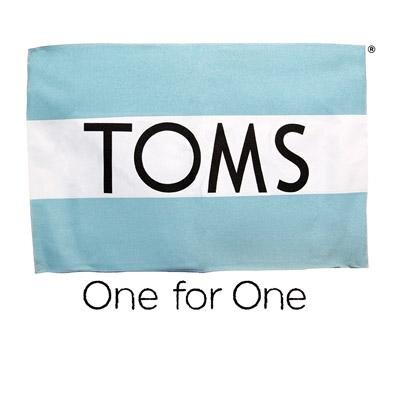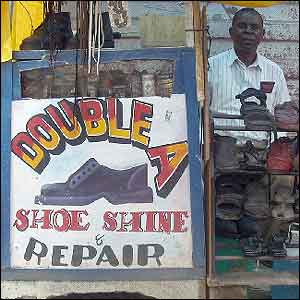Ever since the popularity of “charity” has risen in western societies, many organisations have taken advantage of the common misunderstanding of aid. In economics taught in high school, we learn that there are different types of aid, and not all of them actually help the intended. That is why there is a fine line between social enterprise and useless/ detrimental aid.
When looking at the one-for-one business model, initiated by TOMS Shoes, we see charitable aid providing the under privileged with free shoes. One way of interpreting this aid is by seeing what it does to the local market. Personally, there is agreement with Andreas Widmer:
Why would you go buy something if you could get it for free?
-Andres Widmer
This statement forms the is the underlying issues with charitable aid (aid that bluntly gives free products/ services to the needy). When foreign firms or charity organisations donate goods or services during emergency one-off times, there is no doubt that such aid is essential for sustenance of life in extraordinarily dire times. When that aid persists and becomes a reoccurring ordeal, local markets suffer as they are unable to compete with ‘free’.
When looking at the business model, implemented by Dr. Bethlehem Tilahun Alemu on her social enterprise soleRebels, we instantly see a company that stems from within the economy and know what will help. Having constant support of local artisans will have a significantly better impact on future prospect as it gives individuals the skills and knowledge to potentially carry on without the western helpers looking over them.
Thus there is need for firms to address ‘the fine line’ between being a social enterprise that creates a positive impact on the world and a firm that uses charity to their personal gain. If a firm truly believes that their business model has a positive impact on the world, they should have to show ‘How?’.
What quantitative method or statistic does this? Could such a statistic be implemented to truly judge the positive impact of an enterprise.
References:
“The One-for-one Business Model: Avoiding Unintended Consequences.” KnowledgeWharton The Oneforone Business Model Avoiding Unintended Consequences Comments. Wharton University, 16 Feb. 2015. Web. 17 Nov. 2015. <http://knowledge.wharton.upenn.edu/article/one-one-business-model-social-impact-avoiding-unintended-consequences/>.


